Increasing Infrastructure Development
The Cement Accelerator Market is experiencing a surge due to the increasing infrastructure development across various regions. Governments and private sectors are investing heavily in infrastructure projects, including roads, bridges, and buildings. This trend is likely to drive the demand for cement accelerators, which facilitate faster setting times and enhance the strength of concrete. According to recent data, the construction sector is projected to grow at a compound annual growth rate of approximately 5% over the next few years. This growth is expected to create a substantial market for cement accelerators, as they are essential for meeting the demands of rapid construction timelines and ensuring structural integrity. As infrastructure projects continue to expand, the Cement Accelerator Market is poised for significant growth.
Growing Urban Population and Housing Demand
The Cement Accelerator Market is significantly impacted by the growing urban population and the corresponding demand for housing. As more individuals migrate to urban areas, the need for residential and commercial buildings escalates. This trend necessitates the use of cement accelerators to expedite construction processes and meet the increasing housing demands. Recent statistics indicate that urban populations are expected to rise by over 2 billion by 2050, creating immense pressure on the construction industry. Consequently, the Cement Accelerator Market is likely to experience robust growth as builders and contractors seek efficient solutions to address the housing crisis in urban centers.
Rising Demand for High-Performance Concrete
The Cement Accelerator Market is witnessing a rising demand for high-performance concrete, which is increasingly utilized in construction projects. High-performance concrete offers superior durability, strength, and resistance to environmental factors, making it a preferred choice for modern construction. The incorporation of cement accelerators enhances the properties of concrete, allowing for quicker curing times and improved workability. Market data indicates that the demand for high-performance concrete is expected to grow at a rate of around 6% annually, driven by the need for sustainable and resilient structures. This trend is likely to bolster the Cement Accelerator Market, as manufacturers focus on developing innovative accelerator formulations that cater to the evolving needs of the construction sector.
Technological Innovations in Cement Production
Technological innovations in cement production are significantly influencing the Cement Accelerator Market. Advances in manufacturing processes and materials science are leading to the development of more efficient and effective cement accelerators. These innovations not only improve the performance of cement but also reduce environmental impact, aligning with sustainability goals. For instance, the introduction of bio-based accelerators and eco-friendly additives is gaining traction. Market analysis suggests that the adoption of such technologies could enhance the overall market for cement accelerators, as construction companies increasingly seek solutions that meet both performance and environmental standards. As technology continues to evolve, the Cement Accelerator Market is likely to benefit from these advancements.
Regulatory Support for Sustainable Construction Practices
Regulatory support for sustainable construction practices is becoming a driving force in the Cement Accelerator Market. Governments are implementing stricter regulations and incentives to promote environmentally friendly construction methods. This shift encourages the use of cement accelerators that enhance the sustainability of concrete production and application. Market data suggests that the demand for sustainable construction materials is on the rise, with projections indicating a growth rate of approximately 7% in the coming years. As regulations evolve, the Cement Accelerator Market is expected to adapt, with manufacturers focusing on developing eco-friendly accelerators that comply with new standards and appeal to environmentally conscious consumers.


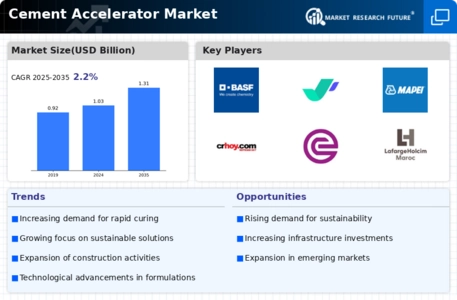
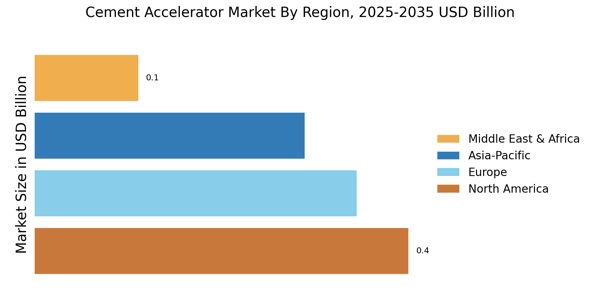

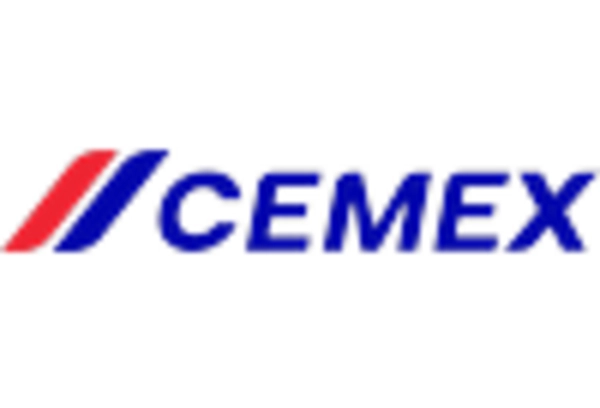
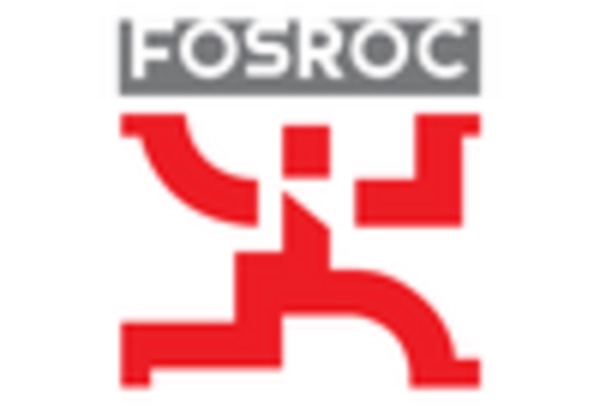


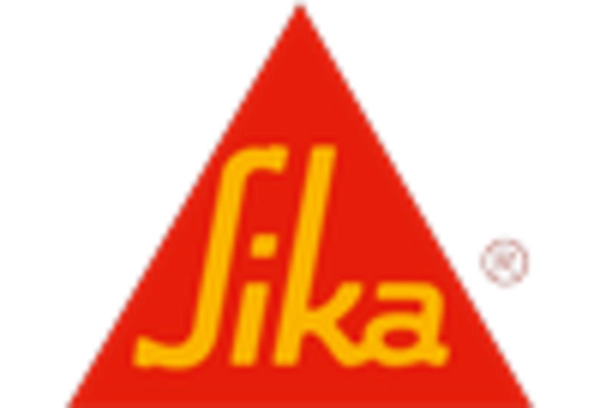








Leave a Comment